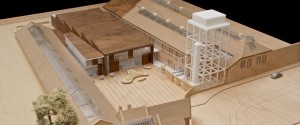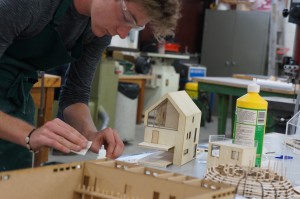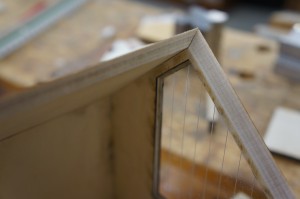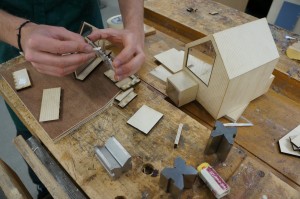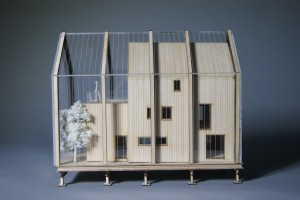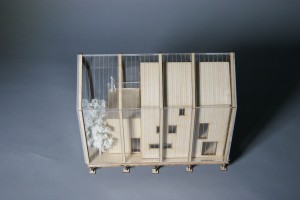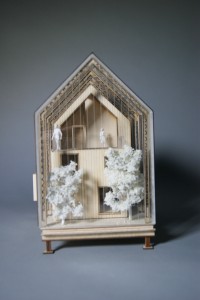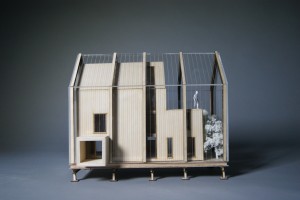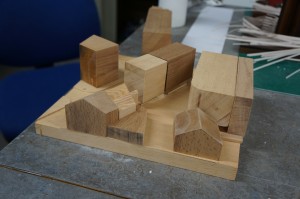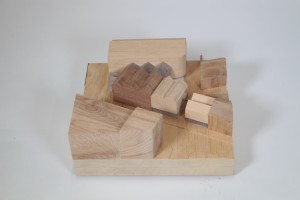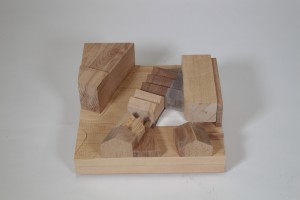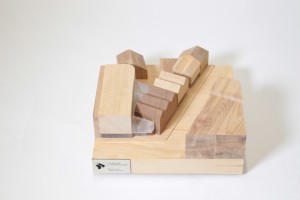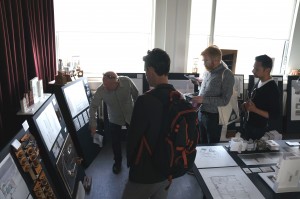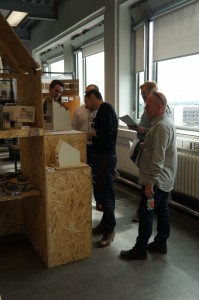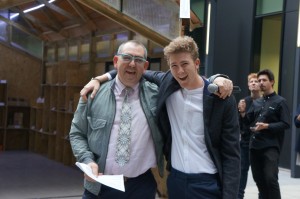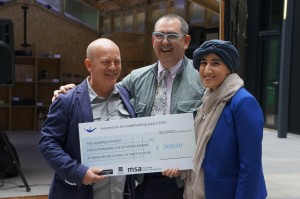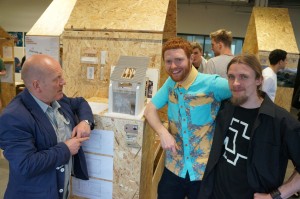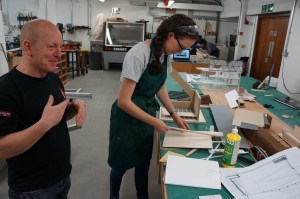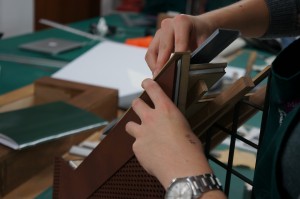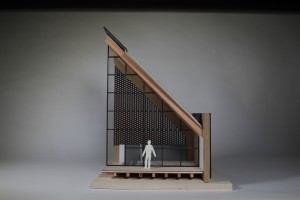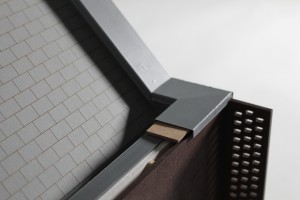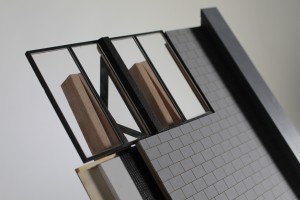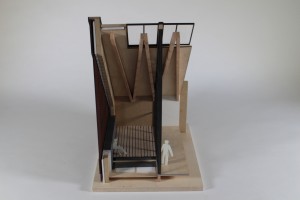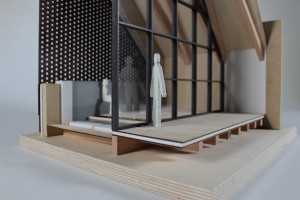“As commercial modelmakers we look at all the options available to us to make sure that we’re making the best model for the client’s money. I think this is what makes modelmaking companies like ourselves a bit different than the generic 3d printing bureau who will just be pushing this one method.
When you come to a commercial modelmakers that does a lot of things under one roof they can advise you on the best way to do something rather than just saying this is the way to do it”
The profession of modelmaking exists outside of the walls of architecture in almost every creative field you can think of. Amalgam Modelmaking Ltd in Bristol prides itself on being able to take on as many of these projects as it can handle. James Smith, Head of Architectural Modelmaking at Amalgam, explains how the wide array of skills under one roof has helped them to meet commercial demands no matter what the requirement. James’ insight from the middle of  the architect/client relationship is provides a facinating and often overlooked viewpoint of the process.

